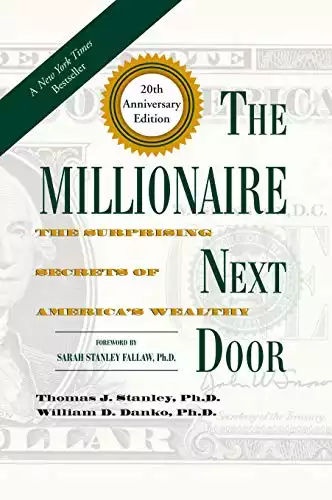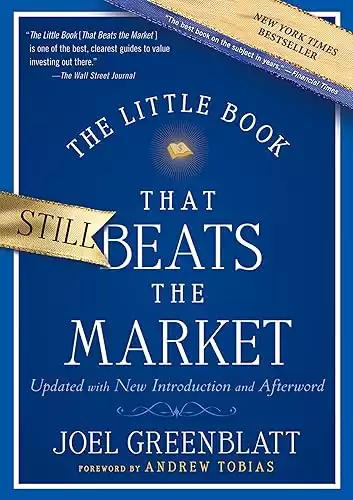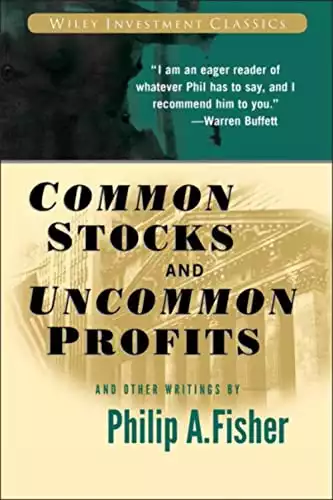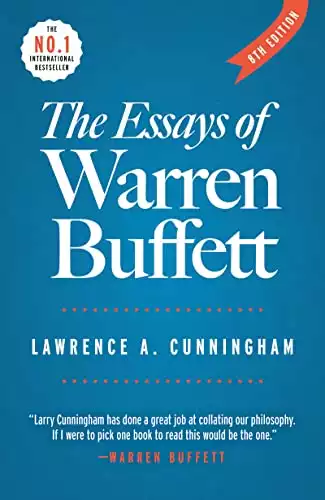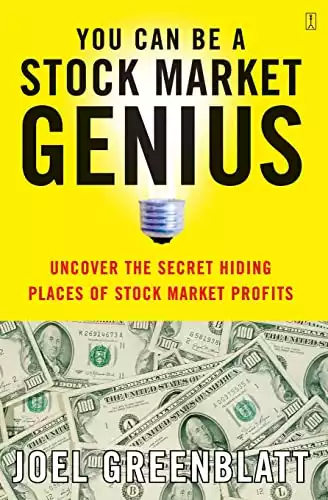Must-read investment books in pdf format
Best Books on Investing for Beginners
Investing is an art that demands continuous learning. Whether you’re new or experienced, these top 10 investment books for beginners offer invaluable insights. From mastering the stock market investing to enhancing financial literacy, these best books on investing for beginners simplify complex concepts. Perfect for new investors, these must-read investment books provide strategies to grow wealth. Explore these personal finance books and unlock the secrets to smart investing with easy-to-understand guidance tailored for anyone aiming to boost their financial knowledge. Here is list of best 10 books on investment & stock market trading.
1. "The Intelligent Investor" by Benjamin Graham
Book Summary
The Intelligent Investor by Benjamin Graham is a classic guide on value investing. Offering timeless strategies, it focuses on risk management, disciplined decision-making, and long-term growth, making it one of the best financial literacy books for investors of all levels.
Key Takeaways
- Understand the difference between investing and speculating.
- Focus on the intrinsic value of stocks.
- Emphasize the importance of a margin of safety.
Why It's Recommended
This classic is one of the most easy-to-understand investment books, offering clear principles and timeless strategies. It offers practical strategies for building wealth sustainably and understanding market behavior, making it one of the best investment books for those seeking financial success.
Quote
“The intelligent investor is a realist who sells to optimists and buys from pessimists.”
2. "A Random Walk Down Wall Street" by Burton G. Malkiel
Book Summary
A Random Walk Down Wall Street by Burton G. Malkiel offers a practical overview of investment strategies, emphasizing the unpredictability of markets. It introduces concepts like index funds and efficient markets, making it an essential read for beginners.
Key Takeaways
- Understand the efficient market hypothesis.
- Learn the importance of diversification.
- Gain insights into various investment strategies.
Why It's Recommended
Recommended for its accessible approach to understanding market efficiency and practical investment advice. As one of the best introductory books on investing, it simplifies complex ideas, making it ideal for those starting their financial journey. This easy-to-follow guide is a must-read for understanding market fundamentals and building a solid investment strategy.
Quote
“A blindfolded monkey throwing darts at a newspaper's financial pages could select a portfolio that would do just as well as one carefully selected by experts.”
3. "The Little Book of Common Sense Investing" by John C. Bogle
Book Summary
The Little Book of Common Sense Investing by John C. Bogle emphasizes the power of low-cost, passive investing through index funds. It offers a straightforward approach to building long-term wealth by minimizing costs and maximizing returns.
Key Takeaways
- Embrace the power of indexing.
- Keep investment costs low.
- Focus on long-term growth.
Why It's Recommended
Recommended for its clear and persuasive argument for passive investing and index funds. This is one of the best finance books for beginners, providing clear, actionable advice for anyone looking to grow their wealth steadily. Bogle’s simple yet effective strategies make it an essential guide for those new to investing.
Quote
“Don’t look for the needle in the haystack. Just buy the haystack!”
4. Rich Dad Poor Dad by Robert T. Kiyosaki
Book Summary
Rich Dad Poor Dad by Robert T. Kiyosaki is widely regarded as one of the best investment books for understanding wealth-building. It contrasts the financial philosophies of two father figures, emphasizing the importance of smart money management and investing.
Key Takeaways
- Understand the difference between assets and liabilities.
- Learn the importance of financial education.
- Focus on building passive income streams.
Why It's Recommended
Recommended for its straightforward approach to personal finance and wealth-building principles. This book is a top pick among personal finance books for beginners, offering practical advice in a relatable style. It encourages readers to shift their mindset and take control of their financial future, making it an essential read for anyone starting their wealth journey.
Quote
“The single most powerful asset we all have is our mind. If it is trained well, it can create enormous wealth.”
5. One Up On Wall Street by Peter Lynch
Book Summary
One Up On Wall Street by Peter Lynch is a classic among introduction to stock market books, offering insights into how individual investors can outperform professionals. Peter Lynch shares his investment philosophy and strategies, demonstrating how individual investors can beat the market by leveraging their own knowledge and observations. Lynch shares his successful investment strategies, emphasizing the value of investing in what you know.
Key Takeaways
- Invest in what you know.
- Understand the company's fundamentals before investing.
- Look for growth opportunities in everyday life.
Why It's Recommended
This book is perfect for those looking to learn investing from scratch. Lynch’s simple yet effective approach demystifies the stock market, making it an invaluable resource for beginners and experienced investors aiming to improve their strategies
Quote
“Know what you own, and know why you own it.”
6. The Millionaire Next Door by Thomas J. Stanley and William D. Danko
Book Summary
The Millionaire Next Door by Thomas J. Stanley and William D. Danko reveals the surprising habits of America’s wealthy. It focuses on practical, everyday behaviors and offers valuable investment strategies for beginners to build wealth gradually.
Key Takeaways
- Live below your means.
- Prioritize savings and investments.
- Understand that wealth is more about behavior than income.
Why It's Recommended
Recommended for its insightful analysis of wealth-building behaviors and practical financial habits. This book serves as one of the best simple investment guides for those seeking to understand the habits of successful individuals. Its straightforward approach to financial independence makes it a great starting point for anyone aiming to build long-term wealth.
Quote
“Great offense and poor defense translate into under accumulation of wealth.”
7. The Little Book That Still Beats the Market by Joel Greenblatt
Book Summary
The Little Book That Still Beats the Market by Joel Greenblatt is one of the best step-by-step investment books for understanding how to outperform the market. It introduces a simple formula for picking stocks, combining earnings yield and return on capital.
Key Takeaways
- Learn the importance of value investing.
- Use a systematic approach to select stocks.
- Focus on long-term performance.
Why It's Recommended
This book simplifies stock market basics for beginners, making complex financial concepts accessible. Its clear methodology and practical examples make it an excellent resource for those looking to start investing confidently.
Quote
“The secret to investing is to figure out the value of something – and then pay a lot less.”
8. Common Stocks and Uncommon Profits by Philip Fisher
Book Summary
Common Stocks and Uncommon Profits by Philip Fisher is one of the most insightful investment strategy books. It focuses on qualitative analysis, teaching investors how to evaluate a company's management and growth potential.
Key Takeaways
- Invest in quality companies with growth potential.
- Conduct thorough research and analysis.
- Focus on long-term investment horizons.
Why It's Recommended
This classic stands out among stock market books for its unique approach to evaluating stocks beyond financial statements. It’s ideal for investors seeking a deeper understanding of what drives sustainable business success and long-term profits.
Quote
“The stock market is filled with individuals who know the price of everything, but the value of nothing.”
9. The Essays of Warren Buffett by Warren Buffett
Book Summary
This collection of Warren Buffett’s letters to shareholders provides deep insights into his investment philosophy and business practices, making it one of the best books to learn about investing from a legendary investor.
Key Takeaways
- Invest in businesses you understand.
- Focus on long-term value creation.
- Prioritize quality management.
Why It's Recommended
Recommended for its firsthand insights from one of the world’s most successful investors.
Quote
“Price is what you pay. Value is what you get.”
10. You Can Be a Stock Market Genius by Joel Greenblatt
Book Summary
Greenblatt shares his unique investment strategies and highlights opportunities in special situations like spin-offs, mergers, and bankruptcies. It's a great choice for young investors looking for advanced strategies.
Key Takeaways
- Look for investment opportunities in special situations.
- Conduct thorough research and analysis.
- Be patient and disciplined in your investment approach.
Why It's Recommended
Recommended for its unconventional yet effective investment strategies and detailed analysis of special situations.
Quote
“The best way to get started in this business is to learn all you can from other people’s mistakes.”
Which investment book is your favorite? Let us know in the comments below! Don't forget to share this list with fellow investors.

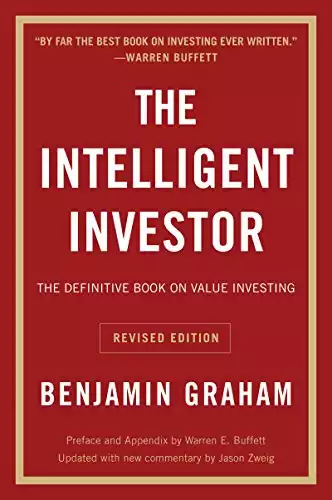
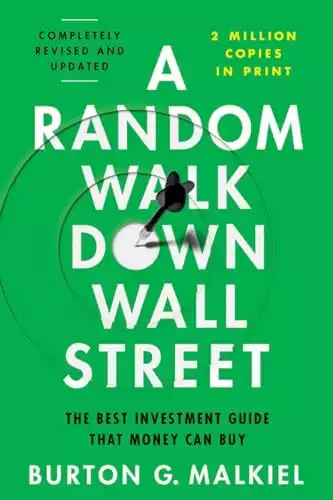


![One Up On Wall Street: How to Use What You Already Know to Make Money in the Market [Paperback] Lynch](https://investbookshelf.b-cdn.net/wp-content/uploads/2024/03/51RWLY76LAL._SL500_.webp)
